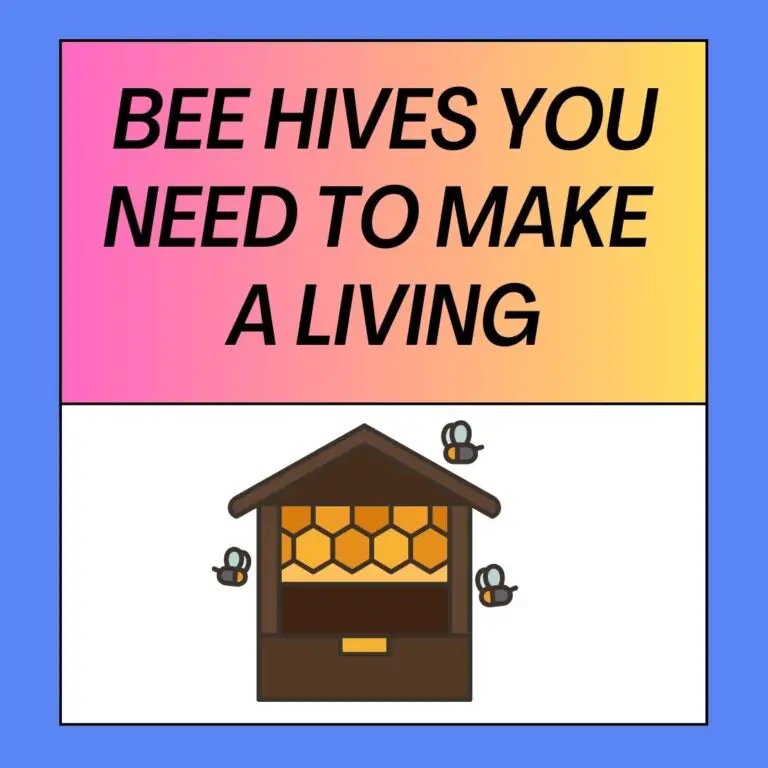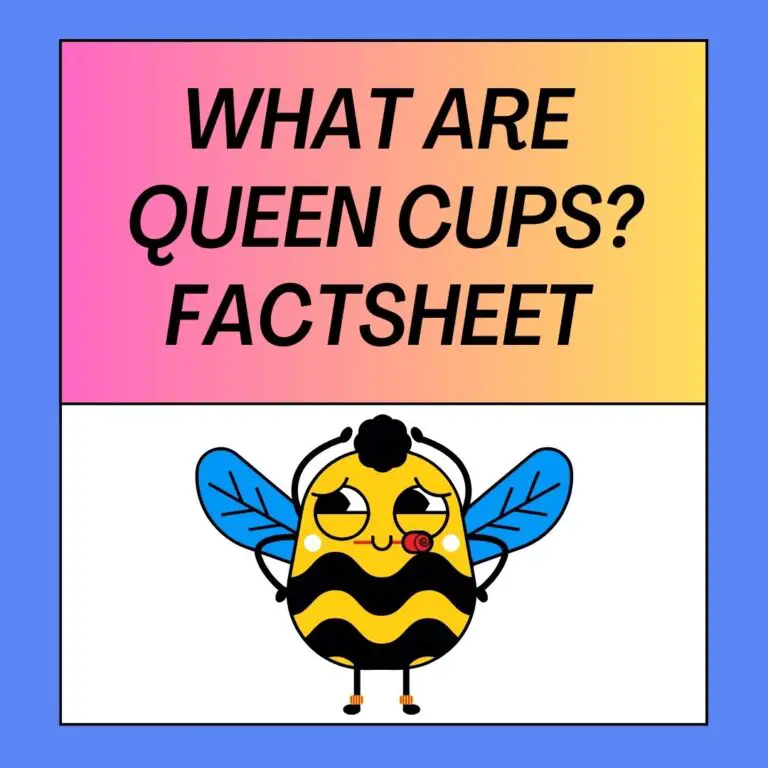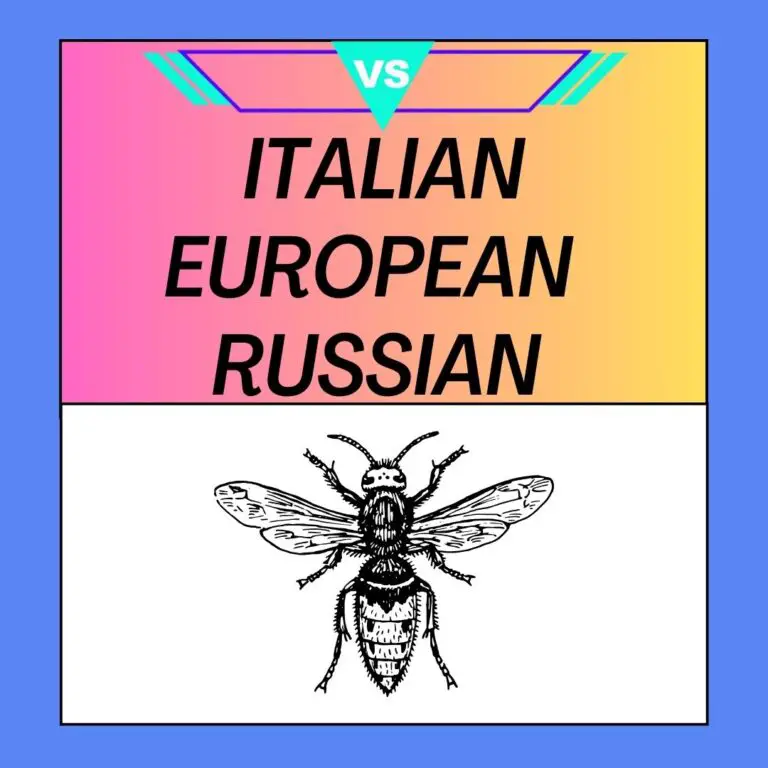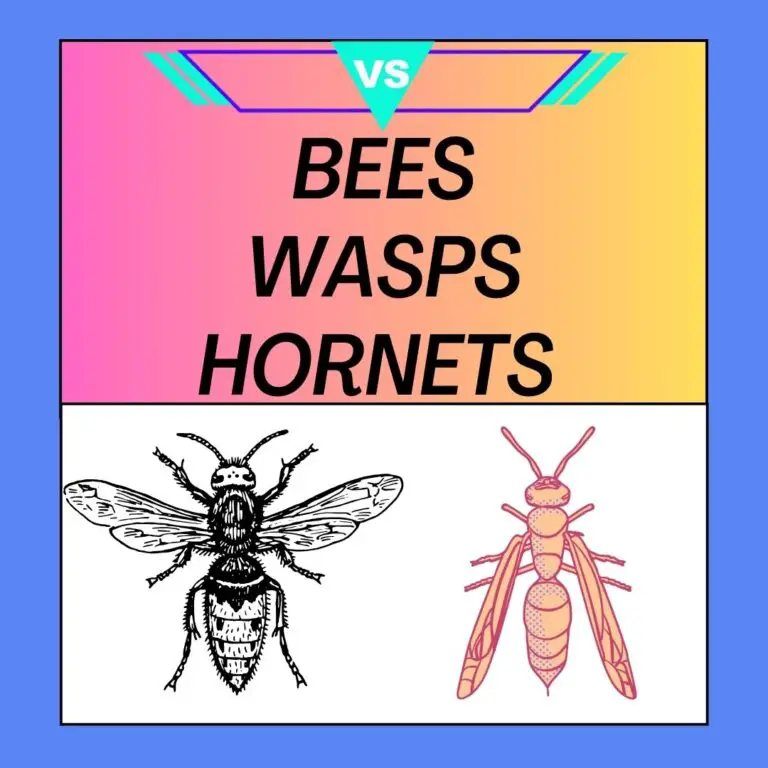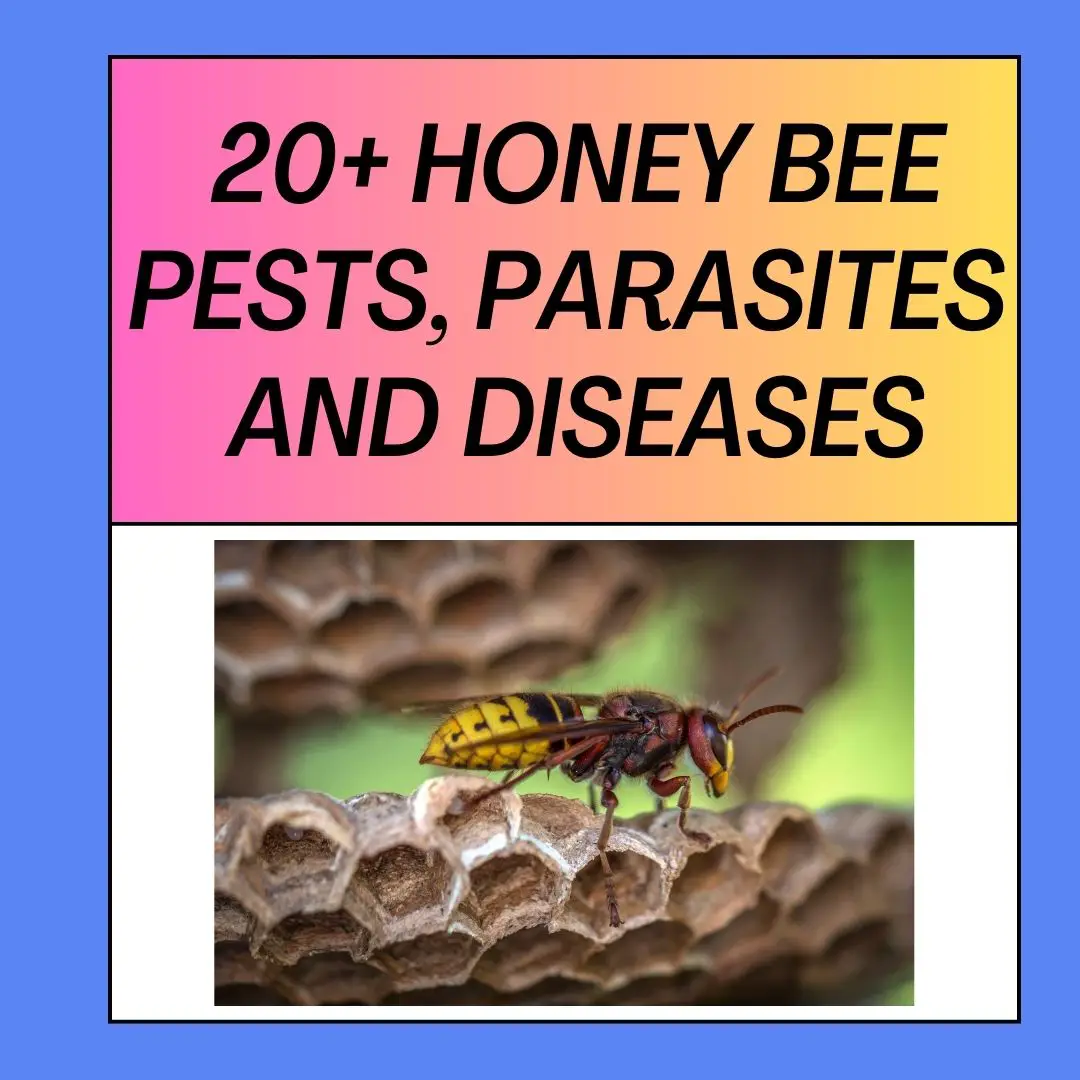
Honey bees, vital pollinators of countless crops and plants, are essential contributors to global agriculture and ecosystem stability. However, these industrious insects face an array of threats from pests, parasites, and diseases. In this comprehensive article, we will delve into the world of honey bee pests, parasites, and diseases, exploring their impact on bee health and beekeeping practices.
The Crucial Role of Honey Bees
Honey bees (Apis mellifera) are renowned for their remarkable ability to pollinate a wide variety of flowering plants, including fruits, vegetables, nuts, and many wildflowers. Their invaluable role in agriculture and food production makes them an indispensable part of our ecosystem. Without honey bees, the world’s food supply would be severely compromised.
The Complex Lives of Honey Bees
Honey bee colonies are complex social structures comprising thousands of individual bees, each with specific roles and responsibilities. The three primary castes in a colony are the queen, workers, and drones. The workers, predominantly female, are responsible for foraging, nursing the brood, and defending the hive. Drones are male bees with the sole purpose of mating with the queen. The queen, the colony’s reproductive center, lays eggs to maintain the hive’s population.
Honey Bee Pests: Threats from Within
- Varroa Mites (Varroa destructor): Varroa mites are among the most destructive honey bee pests globally. These external parasites attach to adult bees and brood, feeding on their hemolymph (bodily fluids) and transmitting harmful viruses. Infestations can lead to weakened colonies and colony collapse if not managed.
- Small Hive Beetle (Aethina tumida): A scavenger Native to Africa, the small hive beetle infests beehives, consuming honey, pollen, and brood. They can cause extensive damage if their populations go unchecked. It infests beehives, where its larvae consume honey, pollen, and brood. They can wreak havoc if their populations are not controlled, causing honey spoilage and weakened colonies.
- Wax Moths (Galleria mellonella and Achroia grisella): Wax moths lay their eggs in beehives, and their larvae feed on beeswax and honeycomb. While they are not as destructive as some other pests, they can weaken colonies.
- Nosema Species (Nosema apis and Nosema ceranae): These microsporidian parasites infect honey bees’ digestive tracts, impairing their nutrient absorption and overall health.
Honey Bee Parasites: External Menaces
- Tropilaelaps Mites (Tropilaelaps spp.): These mites infest honey bee colonies in certain regions, weakening and potentially decimating hives.
- Acarine Mites (Acarapis woodi and Acarapis dorsalis): Acarine mites target the tracheal tubes of honey bees, causing respiratory issues and impairing their ability to fly.
Honey Bee Diseases: Microscopic Threats
- American Foulbrood (Paenibacillus larvae): A bacterial disease, American foulbrood affects honey bee larvae, causing them to become brown and gooey, eventually leading to the collapse of the colony if not managed.
- European Foulbrood (Melissococcus plutonius): Another bacterial disease, European foulbrood primarily affects honey bee larvae and pupae, weakening colonies and reducing honey production.
- Chalkbrood (Ascosphaera apis): Chalkbrood is a fungal disease that transforms bee larvae into chalk-like mummies, disrupting the hive’s development and function.
- Sacbrood Virus (Sacbrood virus): This viral disease primarily affects honey bee larvae, leading to their death and potential colony decline.
Impact on Bee Health and Beekeeping Practices
The presence of these pests, parasites, and diseases can have a profound impact on honey bee health and beekeeping practices:
- Economic Losses: Beekeepers may experience significant financial losses due to reduced honey production, weakened colonies, or the need for expensive treatments.
- Pollination Services: Weakened or collapsing honey bee colonies can diminish their effectiveness as pollinators, potentially affecting crop yields and agricultural productivity.
- Bee Mortality: Prolonged infestations or disease outbreaks can lead to high bee mortality rates within colonies, threatening the overall stability of bee populations.
- Management Challenges: Beekeepers must invest time, effort, and resources into managing and mitigating the impact of pests, parasites, and diseases through various methods such as chemical treatments, integrated pest management (IPM), and breeding for resistance.
Some more Honey bee pests and parasites in detail:
1. Lesser Wax Moth (Achroia grisella):
- The lesser wax moth is a significant pest of honey bee colonies. The adult moths lay their eggs in beehives, and the larvae feed on beeswax and other hive materials, including pollen and honey. While not as destructive as some pests, infestations can weaken colonies and reduce honey production.
2. Greater Wax Moth (Galleria mellonella):
- The greater wax moth is another species of wax moth that can infest honey bee colonies. It has similar habits to the lesser wax moth, with the larvae consuming beeswax, pollen, and honey.
3. Wax Moths (Galleria mellonella):
- Wax moths, including both the greater and lesser wax moths, infest beehives, consuming honey, pollen, and brood. Their larvae can cause extensive damage if their populations go unchecked.
4. Acarine Mites (Acarapis woodi and Acarapis dorsalis):
- Acarine mites are external parasites that infest honey bee tracheal tubes, leading to respiratory problems and reducing a bee’s ability to fly. They can weaken individual bees and entire colonies.
5. Deformed Wing Virus:
- Deformed wing virus (DWV) is a pathogenic virus that affects honey bees. Infected bees often display deformed or underdeveloped wings, making it difficult for them to fly and forage effectively. DWV is often associated with varroa mite infestations.
These pests and parasites pose significant challenges to beekeepers and honey bee health. Effective management strategies, including monitoring, treatment, and prevention, are essential to mitigate their impact and protect honey bee populations. Beekeepers and researchers continually work to develop and implement practices that help combat these threats and ensure the well-being of honey bee colonies.
Mitigating Threats and Ensuring Bee Health
Beekeepers and scientists around the world are working tirelessly to combat the threats posed by honey bee pests, parasites, and diseases:
- Selective Breeding: Breeding honey bee colonies for resistance to pests and diseases is an essential component of honey bee health management.
- Integrated Pest Management (IPM): IPM strategies involve a combination of practices, including monitoring, biological control, and chemical treatments when necessary, to minimize pest and disease impacts.
- Research and Education: Ongoing research and educational efforts help beekeepers stay informed about the latest threats and effective management techniques.
- Regulation and Biosecurity: Governments and organizations implement regulations and biosecurity measures to prevent the introduction and spread of pests and diseases.
Conclusion: Protecting Our Precious Pollinators
Honeybees play a vital role in our world, supporting agriculture, food security, and biodiversity. Protecting these remarkable insects from the threats posed by pests, parasites, and diseases is crucial not only for beekeepers but for the well-being of our planet. Through vigilant management and ongoing research, we can ensure the health and survival of honey bee populations, safeguarding the future of our ecosystems and food supply.


